
15 Frosty Facts About Winter to Keep Out the Cold
Winter is the cheapest season to buy a house, often presenting lower prices and less competition for buyers.
Our environment never fails to blow us away; from destructive tornados to ever-so-common grass, everything is always more complex than it seems.
Even if you’re not the outdoorsy type, there’s no denying we need nature to sustain ourselves. But important aspects aside, nature is also just darn cool!
So keep reading as we look at the most interesting aspects of the environment.

Winter is the cheapest season to buy a house, often presenting lower prices and less competition for buyers.

Saturn's rings are mostly ice, with particles varying in size from as tiny as a grain of dust to as large as a house.
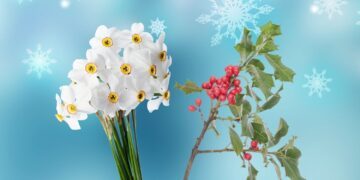
All parts of the narcissus flower are toxic to humans and animals, as they contain a compound called lycorine.
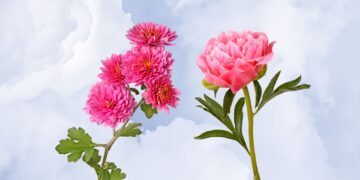
For over 2000 years, peonies have been used in traditional Chinese medicine to treat conditions like blood disorders or parasites.

Marigolds are an integral part of Mexico’s Day of the Dead festival as they're believed to guide spirits with their bright colors.

Oak trees can produce red leaves during the fall due to chemical changes from natural sugars getting trapped in their leaves.
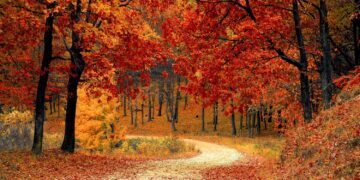
Did you know that squirrels bury up to 3,000 nuts in the fall, using clever strategies to ensure they can find them during winter?

The name "Aster" is derived from the Ancient Greek word for "star," highlighting the flower's star-shaped bloom.

Did you know that the 2017 hurricane season caused $294.92 billion in damages, and was the most expensive in US history?
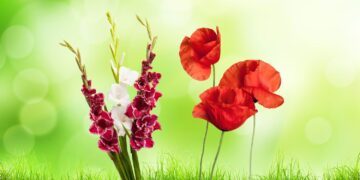
Poppies became an international symbol of remembrance as they grew on many WWI battlefields, notably in Flanders, France.
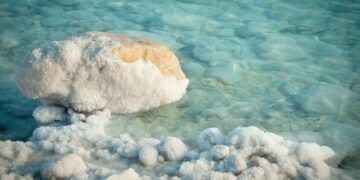
The Dead Sea is one of the saltiest seas in the world. It is roughly 35% salt, about ten times the saltiness of most seas.
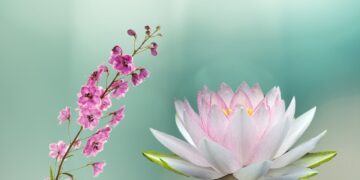
Larkspur petals are said to resemble the claws of a meadowlark or the spurs on a knight's boots, which inspires their unique name.